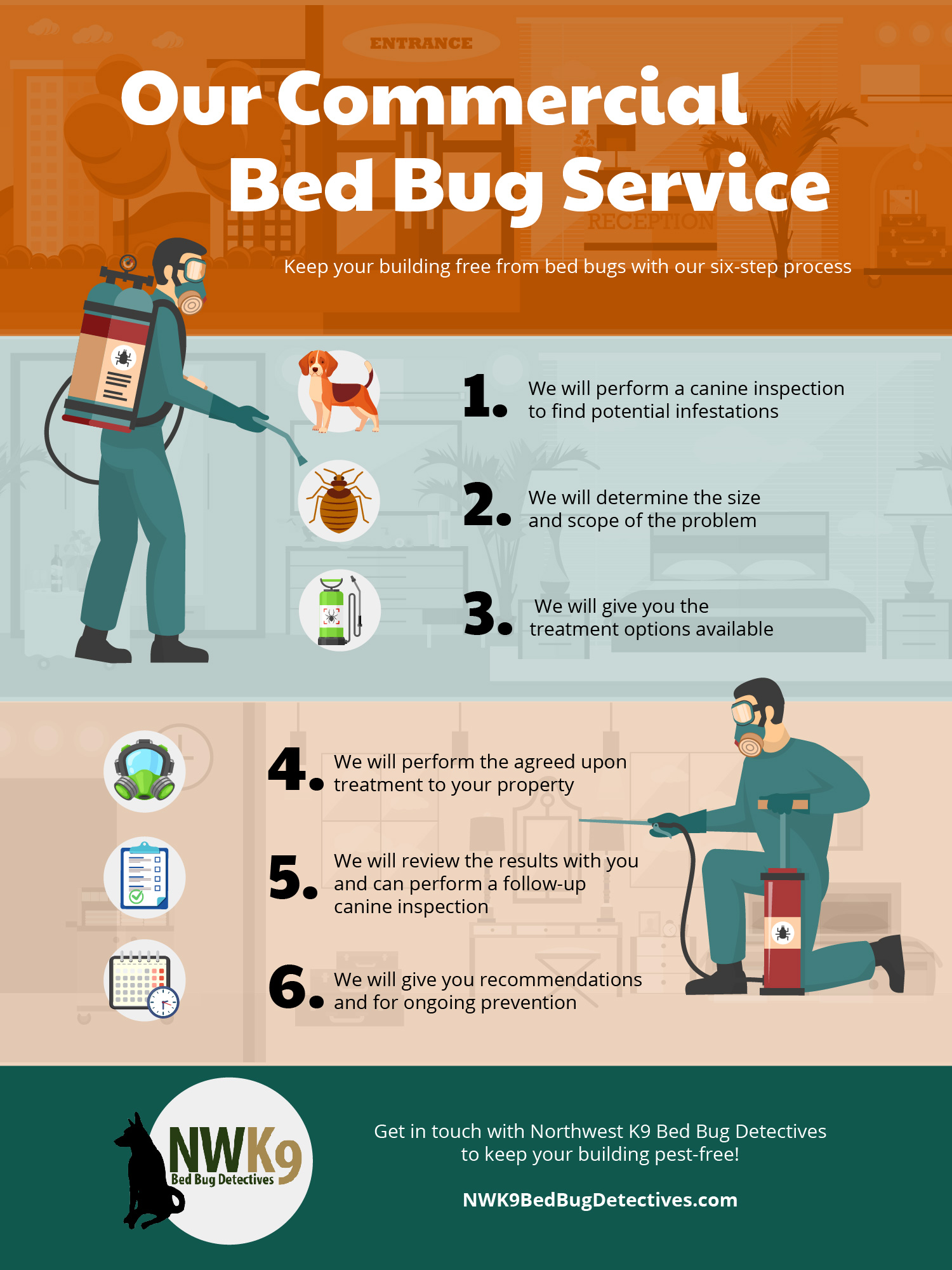Things about Bed Bug Services
Table of ContentsNot known Details About Bed Bug Services The 6-Minute Rule for Bed Bug ServicesWhat Does Bed Bug Services Mean?The 15-Second Trick For Bed Bug Services
An expert-conducted bed bug inspection is a meticulous process and demands careful attention. Bed bugs are small, elusive, and adept at hiding that seek cracks, crevices, and furniture seams. Because of their secretive nature, detailed examination is necessary to accurately locate and quantify infestations. Professional inspectors use a combination of tools, procedures, and knowledge to detect bed bugs accurately, preventing spread and further infestation.The first step in a proper inspection involves understanding bed bug biology and behavior. Bed bugs belong to the Hemiptera group and progress through eggs, several nymphs, and adult stages. Adults are typically small, oval-shaped, reddish-brown, wingless, and equipped with long legs and antennae. Their feeding apparatus injects anticoagulants while drawing blood, often causing red, itchy welts on hosts. Knowing these traits enables detection of likely areas for bed bug activity.
Early detection is vital for effective management. Professionals search for telltale signs such as tiny ink-like droppings, molted skins, and egg clusters (Bed Bug Services). A single female can lay hundreds of eggs, potentially causing full-blown infestations. Evidence of molted skins or eggshells signals ongoing activity and requires prompt inspection
Preparing for an inspection requires attention to detail. Inspectors often advise removing items that block access, which facilitates examination of hard-to-reach areas. Bedding and linens may be washed in hot water and dried on high heat, and then kept in plastic bags to maintain cleanliness. Wall decor, mirrors, and pictures should be taken down to allow access to potential bed bug harborages. Vacuuming furniture and floors may capture visible bugs and eggs, and vacuum over at this website bags should be disposed of immediately outside.
The Only Guide for Bed Bug Services
The inspection itself is systematic and thorough. Inspectors focus on sleeping areas like beds, headboards, and mattresses, checking seams, folds, handles, and crevices. Upholstered furniture, including couches and chairs, is inspected thoroughly, including underneath and inside cushions. Baseboards, moldings, the edges of wall-to-wall carpeting, electrical outlets, closets, and storage areas receive detailed attention, as these can be common harborage sites.
Specialized tools enhance detection accuracy. Flashlights, magnifying lenses, multi-tools, and mirrors help inspect hard-to-see areas. Monitoring devices like interceptor traps or sticky pads aid in identifying infestation trends. Some companies employ trained canines, which can locate live bed bugs quickly, distinguishing them from residual signs.

Meticulous documentation is essential. Inspectors maintain detailed notes of findings, areas affected, and next steps. This ensures accountability and offers proof redirected here of inspection. Residents are often asked to avoid disturbing potential infestation signs, as this maintains inspection effectiveness.
After inspection, a monitoring plan may be recommended to verify infestations and observe trends. Continuous monitoring assesses the effectiveness of treatment, and collecting feedback from occupants supplements physical inspection. Cooperation from residents enhances detection.
An Unbiased View of Bed Bug Services

Professional inspections provide confidence that why not look here infestations are correctly identified. Trained inspectors spot subtle signs overlooked by untrained eyes, avoid unnecessary treatments, and confirm the situation accurately.
Bed bug inspections are particularly important in places where infestations spread easily. Inspectors check neighboring rooms and shared spaces to confirm complete assessment (Bed Bug Services). This stops further spread
In summary, a professional bed bug inspection requires knowledge of bed bugs, property preparation, careful examination, tool utilization, record-keeping, and follow-up monitoring. Each step supports early detection, informs treatment, and reduces future risk.
The Only Guide to Bed Bug Services
